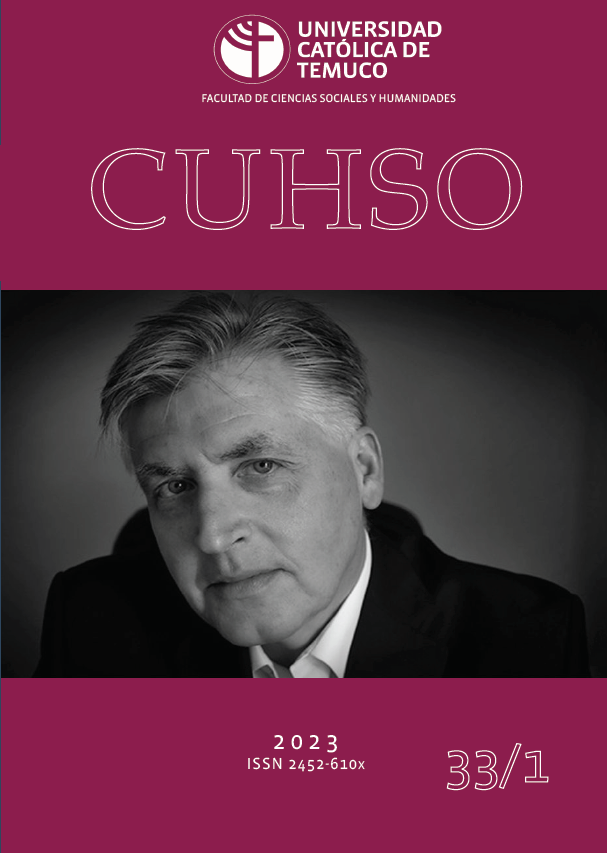Abstract
The migratory phenomenon has strongly impacted Chile in recent years, with the Haitian community being one of the fastest growing immigrants. Haitian families arriving the country must not only face new customs and lifestyles, but they must also overcome the language barrier. Their work
and life situation are precarious, which could explain the higher prevalence of malnutrition in boys and girls. As a way to contribute to improve the quality of their food, and within the framework of the allocation of extension funds
from the Faculty of Medicine, a culinary integration program was carried out between habitual preparations from Chile and Haiti. This program was developed in conjunction with Haitian women residing in Pedro Aguirre Cerda, commune of Santiago, beginning with a participative diagnosis that allowed the planning of the project to be adapted. Then, the cooking workshops were carried out, where typical and/or habitual preparations of Haiti and Chile were jointly prepared, taking advantage of this opportunity to highlight the nutritional benefits of food, in addition to promote healthy culinary techniques, risks prevention measures and hygiene in food handling. Finally, a subgroup of Haitian women participated in the creation of “fusion” dishes, a mixture of a Haitian and a Chilean dish, keeping the best of each according to nutritional, organoleptic, and cultural aspects. The resulting recipes were captured in a recipe book, written in Spanish and Creole, and in videos with step-by-step preparation. It is expected these new dishes to be adopted by Haitian families by coexisting elements of their own gastronomic culture, nuanced with Chilean foods, techniques, and forms of preparation, being attractive, nutritious and culturally relevant.

This work is licensed under a Creative Commons Attribution 4.0 International License.


